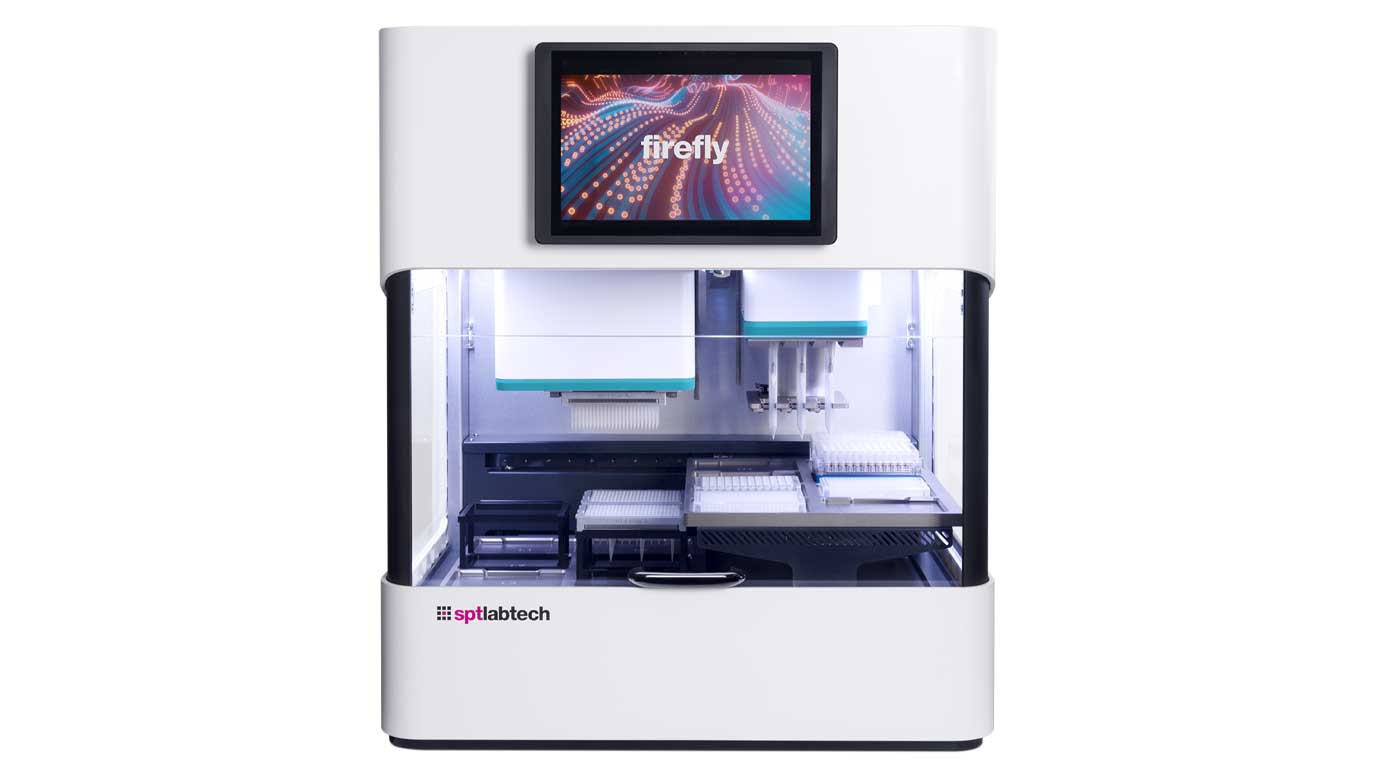SPT Labtech and Semarion unite to combat unmet drug screening requirements

The partnership will integrate SPT Labtech’s firefly® liquid handling platform with Semarion’s SemaCyte® microcarrier technology to develop a flexible, scalable, and automated workflow that simplifies and accelerates key stages of adherent cell assay development.
By integrating SPT Labtech’s versatile firefly liquid handling platform with Semarion’s microcarrier-based approach, the collaboration will overcome long-standing challenges in miniaturising and automating complex cell biology processes.
Together, SPT Labtech and Semarion say they will set a new standard for flexibility and scalability in cell-based assay design—enabling researchers to more easily adapt workflows to their unique applications while improving efficiency and reproducibility, for example, high-content image based assays such as cell painting.
Maryia Karpiyevich, Product Development Scientist at SPT Labtech, said: “This collaboration is an exciting opportunity to explore how cutting-edge technologies like Semarion’s microcarriers can be seamlessly integrated into flexible automation platforms like firefly. We’re looking forward to developing tools that truly empower scientists working at the forefront of cellular research.”
Jeroen Verheyen, CEO and Co-Founder at Semarion, added: This partnership demonstrates the impact of combining our innovative microcarrier technology with agile automation. By Integrating our SemaCyte platform with SPT Labtech’s firefly system, we’re unlocking a new class of flexible, miniaturized workflows that streamline assay development and unlock more scalable discovery pipelines.”
Morten Frost, Chief Commercial Officer at SPT Labtech, said: “We are committed to supporting emerging technologies that align with our mission to make life in the lab easier. This partnership reflects our dedication to innovation that meets researchers where they are—scaling up, scaling down, and adapting as science evolves.”
The collaboration will explore the development of joint application protocols, proof-of-concept data, and workflow optimisation strategies, with the goal of providing researchers with more adaptable tools for cell-based discovery.

